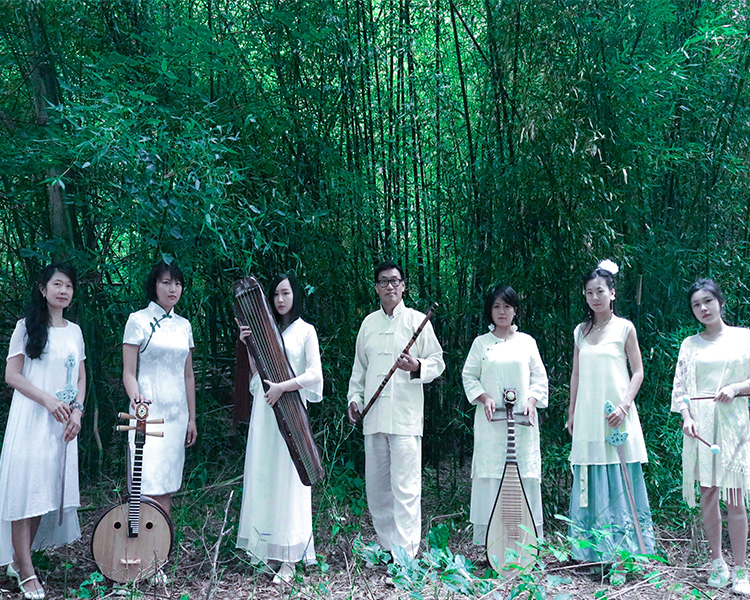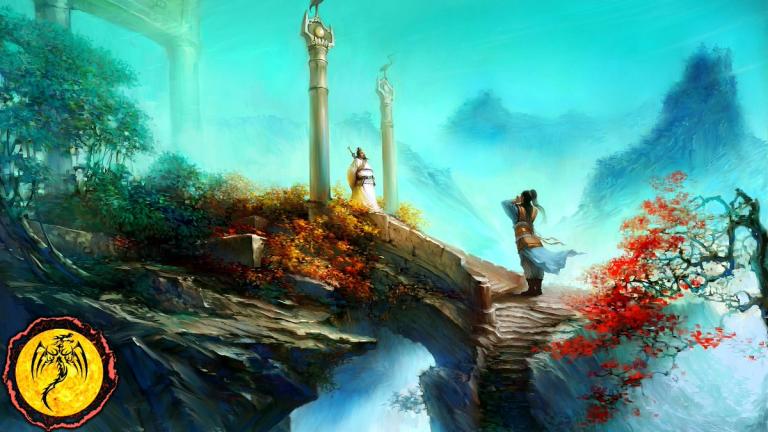Chinese Action Music
3 min readMusic has existed in different forms throughout the various periods of Chinese history. Fromthe time of the legendary Yellow Emperor, four to five thousand years ago, until the start of the Han Dynasty (202 BC-220 AD), music was so closely intertwined with dance that it was referred to as yuewu(music and dance). During the Han-Tang period(202 BC-907 AD)a new form known as gewuqu(song and dance pieces) were moAst common. During the Song-Qing period(960-1911AD), traditional opera was the most representative form of music. Traditional Chinese music is also referred to as folk music, or “China’s national music.”

The history of music and the development of musical instruments are inseparable. As early as the Neolithic Age, the Chinese ancestors invented the bone flute and the xun,a pottery wind instrument.A set of chime bells from the Warring States Period (475-221 BC) was unearthedin 1978, consisting of 64 bells weighing a total of over 2,500 kilograms. The bells covera wide register and have beautiful tone, and can be used to perform Chinese and foreign compositions in both pentatonic and heptachord scales. Traditional Chinese instruments, like those of the West, include bowed string instruments, such as the erhu and banhu; plucked string instruments, such as the pipa and zheng; wind instruments, such as the flute and suona; and percussion instruments, such as the drum and gong. Some of these instruments were invented by the majority Han people, some came from ethnic minorities such as the Miao and ancient Qiang peoples, and some were imported from Central Asia during ancient times.
Early Chinese music was divided into two types-ceremonial music, used in religious rituals palace functions, and banquets, and the popular music of the common people. During and after the Han Dynasty (202 BC-220 AD), popular music gradually started to take its place as the dominant form of Chinese music. The official Han yuefu(Han Dynasty Bureau of Music), was established to collect and document not only ceremonial chants, but also the songs and ballads of the common people. During the Tang Dynasty (618-907 AD),a number of compos tions and musical instruments were adopted from different ethnic groups, particularly from the Western Regions(present-day Xinjiang and Central Asia).A new form called daqu(great composition), performed by an orchestra of several dozen instruments and incorporating singing and dancing, became popular during this time. Among the most well known Tang Dynasty daqu pieces were Qinwang Pozhen Yue(The Qin Emperor Routes the Enemy) and Nishang Yuyi Qu(The Feathered Skirt of Rainbow Colors). With the rise of traditional opera during the Song-Yuan period (960-1368 AD), operatic music became increasingly developed and popular.
Contemporary Chinese musicians, such as Liu Tianhua(1895-1932 AD), He Luting (1903-1999AD), and LiYinghai(1927-2007 AD), were instrumental in preserving and arranging a large quantity of traditional Chinese music. Chinese musicians have drawn from Western polyphonic music theory to create numerous new traditional compositions, and utilized modern techniques and materials to improve ancient folk instruments. Ancient melodies such as Gaoshan Liushui(High Mountain, Flowing Water) and Shimian Maifu (Ambushed on All Sides) have been reinterpreted by contemporary musicians, bringing to traditional Chinese music a new infusion of life. Chinese composer Tan Dun(b.1958 AD), winner of the Academy Award for Best Original Musical Score and the Grawemeyer Award for Musical Composition, represents the movement of contemporary Chinese musicians into the mainstream of world music.









